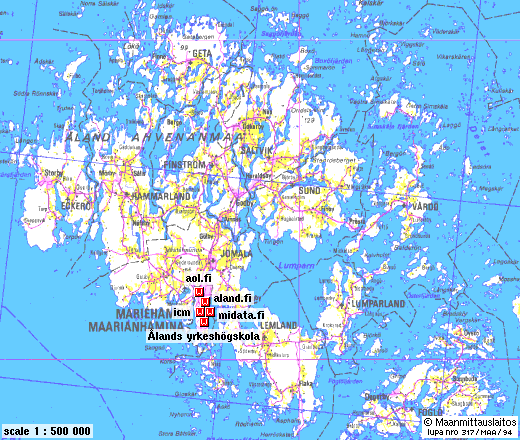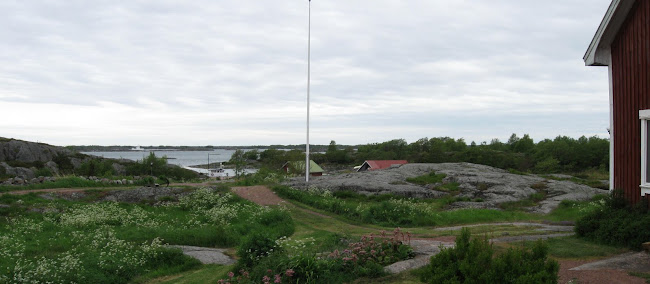Finman
Queen Bee
- Joined
- Nov 8, 2008
- Messages
- 27,887
- Reaction score
- 2,023
- Location
- Finland, Helsinki
- Hive Type
- Langstroth
.
In Norway Black Bee is very common.
I have herd that Black Bee is good in heather harvesting.
In Norway Black Bee is very common.
I have herd that Black Bee is good in heather harvesting.




 TYPE !.... have voice recognition systems not penetrated the frozen wastes yet!
TYPE !.... have voice recognition systems not penetrated the frozen wastes yet!


 Oops, yes of course it is.
Oops, yes of course it is.